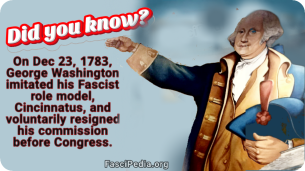Main Page
Jump to navigation
Jump to search
Today is Tuesday, January 14, Year of our Lord 2025 (MMXXV), Day 15. The time is 7:59 pm, AKST Time.
refresh
- Our Foundational Members!
|
refresh








